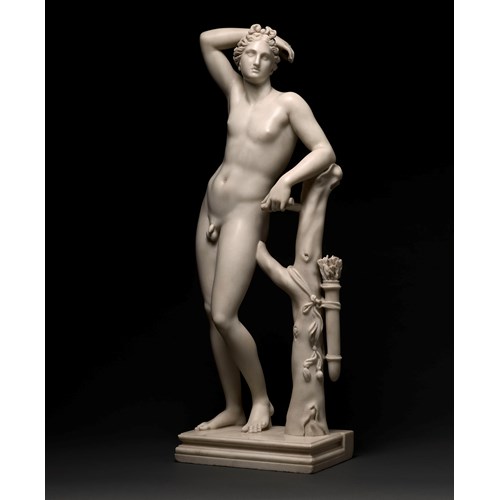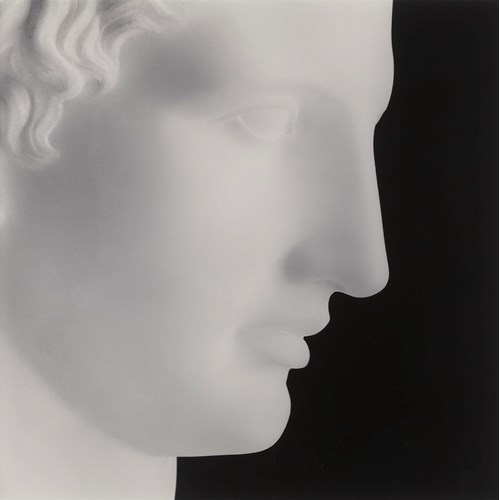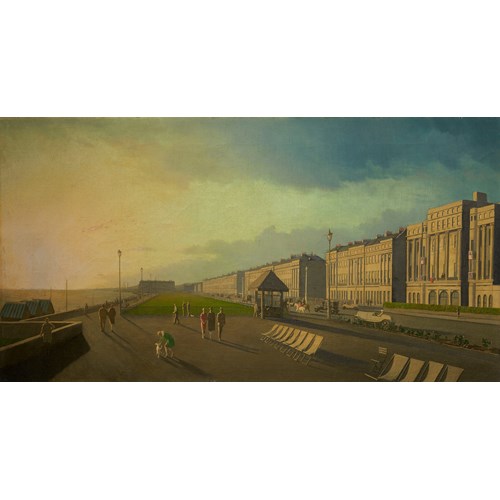Pierre Legros
Leda and the Swan; Danaë and the Eagle
Date Early 18th century
Dimension 28.5 x 16 cm (11¹/₄ x 6¹/₄ inches)
The first bronze depicts the moment when the charms of Zeus, disguised as a swan, win over Leda’s modesty, while Eros, the spirit of physical love, looks on as a mischievous putto. Various accounts exist of this mythological subject, the more typical relating that Zeus saw Leda, the wife of Tyndareus, king of Sparta, bathing in the river Eurotas, and immediately fell desperately in love with her. He approached her in the guise of a swan and managed to seduce her, the result of this union being the birth of two sets of twins; Helen and Clytemnestra, and Castor and Pollux.
The second bronze shows Danaë receiving Zeus in the form of a shower of golden coins, while the putto at her feet plays the same role of instigator as that in the other group. The eagle, a common representation of Zeus, is shown to indicate his presence. According to Ovid’s ‘Metamorphoses’ [4:611], Danaë’s father, the king of Argos, was told by an oracle that Danaë’s first-born son would kill him. To ward off suitors and his own demise, the king had his daughter locked away in a tower. Zeus, however, penetrated this fortress in the shape of golden coins, driven by his passionate love for Danaë, and the eventual effect of their union was a son, Perseus, who, as prophesised, killed his grandfather accidentally with a discus.
Both Leda and Danaë were wooed by Zeus, and for this reason it is not surprising that they have been paired. Terracotta bozzetti of both compositions, as well as of Bacchus and Ariadne, belonged to Ange-Laurent de la Live de Jully (1725-1779), the great French collector and patron1. They were described in the 1764 catalogue of the latter’s collection as ‘three sketches in terracotta by Le Gros representing Bacchus and Ariadne, Danaë receiving the golden rain and Leda. These sketches are done with all possible fire and spirit, and have never been executed in marble’2. They reappeared in the 1770 sale catalogue of de la Live’s collection with cursory descriptions as ‘three figures little finished, each 23 cm. high’3.
Other bronze figures attributed to Legros appearing in 18th century sources are Flora with Cupid and The Satyr Marsyas tied to a Tree.4 Although both are larger, measuring 78 cm and 68 cm high respectively, they have stylistic affinities with the present pair of statuettes: for example, Leda’s dramatically raised arm and bent neck resembles that of Flora. Interestingly, Souchal traces a marble version of the bronze Marsyas, also listed as by Legros, to the same Parisian collector, Ange-Laurent de la Live de Jully, and eventually as part of the subsequent sale of the collection in Paris, 2 May 1770, as number 151.
Legros produced various small-scale works for private collectors as well as the large marble statues for which he is better known. The posthumous inventory of Legros’ studio contents, dated 14 December 1719, does little to clarify individual compositions, but is proof that Legros was responsible for many more sketches, designs and models than are ascribed to him today. Some of these models were certainly cast in bronze and silver for private individuals, and it is possible that the Leda and Danaë were amongst the fifteen terracotta models by Legros listed in the inventory of his studio contents5.
After he was trained by his father in Paris, Legros was a pensionnaire at the Académie de France in Rome between 1690 and 1695. By the time ill-health forced him to return to Paris in 1714, Legros had established himself as the most important sculptor at work in Rome since Bernini. He had developed late Baroque sculpture into a subtle and personal art form, charged with feeling and yet clearly expressing an inner spirituality.
Legros’s model of Leda bears resemblance to the 1st century AD Roman example of an earlier Greek model dating from the 4th century BC and attributed to Timotheos. More than two dozen examples of this model survive, attesting to its popularity with the Romans. It is plausible that Legros himself witnessed and drew inspiration from these examples first-hand. The contrast of the clinging, transparent drapery on Leda’s torso and the heavy folds of cloth bunched between her legs characterises Timotheos’s style. The sculpture both conceals and reveals the female body, a tension often found in sculpture of the ancient world. Legros exhibits a freedom of interpretation with his example, however. It is a looser, more dynamic and sensual depiction, embellished with allegory. The swan of Zeus is not cradled at her side but, instead, seduces her, arching its neck upwards towards her breast.
A typical feature of the late Baroque movement in his freedom of interpretation of classical subjects, Legros seemingly reinvents the form of both subjects, departing from the recumbent, static forms of the Renaissance.
1 J. Turner (ed.), The Dictionary of Art, London and New York, 1996, vol. 18, p. 660, entry by J.
S. Hallam.
2 “Trois esquisses en terre cuite de LE GROS, représentant, l’une Arianne et Bacchus, l’autre Danaë, recevant la pluie d’or, & le troisième une Léda. Ces esquisses sont faites avec tout le feu, & l’esprit possible, & n’ont jamais été exécutées en marbre” in the Petit Cabinet sur la Cour (Catalogue historique du cabinet de peinture et sculpture française de M. La Live de Jully, Paris, 1764, pp. 45-46): a virtually identical description is given in M. Hébert, Dictionnaire pittoresque et historique, ou decriiption d’architecture, peinture, sculpture, gravure …, Paris 1766, vol. I, p. 123. See also F. Souchal et al, French sculptors of the 17th and 18th centuries.
The reign of Louis XIV. G-L, Oxford 1981, p. 299, nos. 48-50. We are extremely grateful to Françoise de la Moureyre for confirming the accuracy of these references and for transcribing the descriptions
3 “Trois figures peu terminées, de chacune 8 pouces 6 lignes” (Catalogue raisonné des tableaux,
... & d’autres objets qui composent le Cabinet de M. de La Live de Jully, P. Remy, Paris, 2 May 1770 and following days, p. 72, lot 170, under the heading Terre Cuite: the catalogue was printed in 1769 for a sale originally scheduled for 5 March 1770).
4 Souchal et al, 1981, pp. 298-299, nos. 41 and 42c.
5 Enggass, 1976, p.130
Date: Early 18th century
Dimension: 28.5 x 16 cm (11¹/₄ x 6¹/₄ inches)
Provenance: Private collection, UK, 2002
Daniel Katz Gallery, London, acquired above
Private collection, USA, 2009 to 2024
Daniel Katz Gallery, London, acquired above 2024
Literature: Bissell, G., Pierre Le Gros, 1666-1719, Reading, England, 1997
Engass, R., Early eighteenth-century sculpture in Rome, an illustrated catalogue raisonné, 2 vols., University Park and London, 1976, pp. 124-131
Souchal, F. et al, French sculptors of the 17th and 18th centuries. The reign of Louis
XIV. G.L, Oxford 1981, p. 273; ibid., Supplementary volume, A-Z, London 1993, p. 145
Exhibition: On loan to the Philadelphia Art Museum, 2002-2008
More artworks from the Gallery









